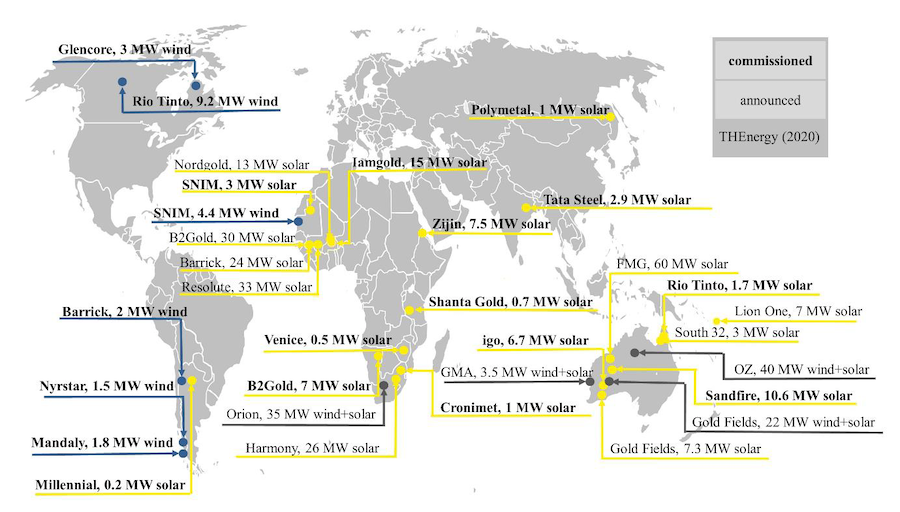Diesel genset efficiency optimization is sparking interest among miners, a new report by THEnergy reveals.
The approach is based on conventional steam turbine technology, but advances have allowed it to be deployed at a smaller scale.
The principle behind it is addressing the issue of diesel engines being able to convert only 40% of the fuel energy into electricity, while the rest is not used. Waste heat recovery can reduce diesel consumption by approximately 7%.
According to THEnergy, the method is already proven in applications like biogas engine heat recovery, biomass combustion, industrial waste heat, and geothermal heat.
“Waste heat recovery is the low hanging fruit in the diesel reduction game,” said Thomas Hillig, the consultancy’s managing director, in a media statement. “Renewables have recently opened the door for new approaches because they have increased the acceptance of more capital-intensive solutions in the mining industry.”
In Hilling’s view, heat recovery can go hand-in-hand with renewable energy approaches for diesel reduction.
“In a time when cost optimization and carbon mitigation are gaining importance, the question is not which of the two solutions to choose. The answer is to combine both solutions together,” the expert said.

THEnergy’s document explains that the heat recovery solution works by connecting two standard 20-foot shipping containers to the exhaust gas stack of diesel gensets. What happens next is that the e-box generates electricity from the waste heat. The electricity is fed into the local grid, so that diesel gensets do not need to produce this power and subsequently consume less fuel.
Since the e-box converts waste heat, it is a zero-carbon technology which addresses the drive for cleaner mining. A single e-box saves 300,000 litres of diesel per year. This is approximately the same as a 0.7 MW solar power plant in a rather sunny region. Annual CO2 reductions amount to 800 tons per e-box.
“In the quickly growing market of renewable energy solutions for remote mines, efficiency improvements of gensets can generate competitive advantages for mining companies and energy providers by pulling all the cost-efficient diesel reduction levers of onsite power plants,” said in the report Henning von Barsewisch, CEO of Triogen, a supplier of decentralized power generation equipment derived from the steam turbine process.
Henning explained that the e-box solution has successfully been field-tested for mining applications and is now being deployed at the remote site of a blue-chip mining company.
Source: mining










